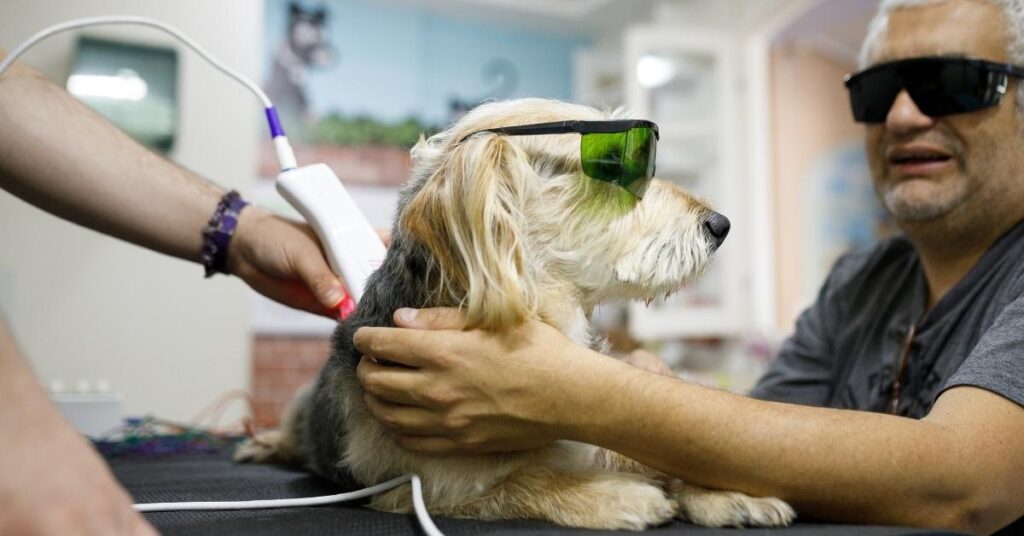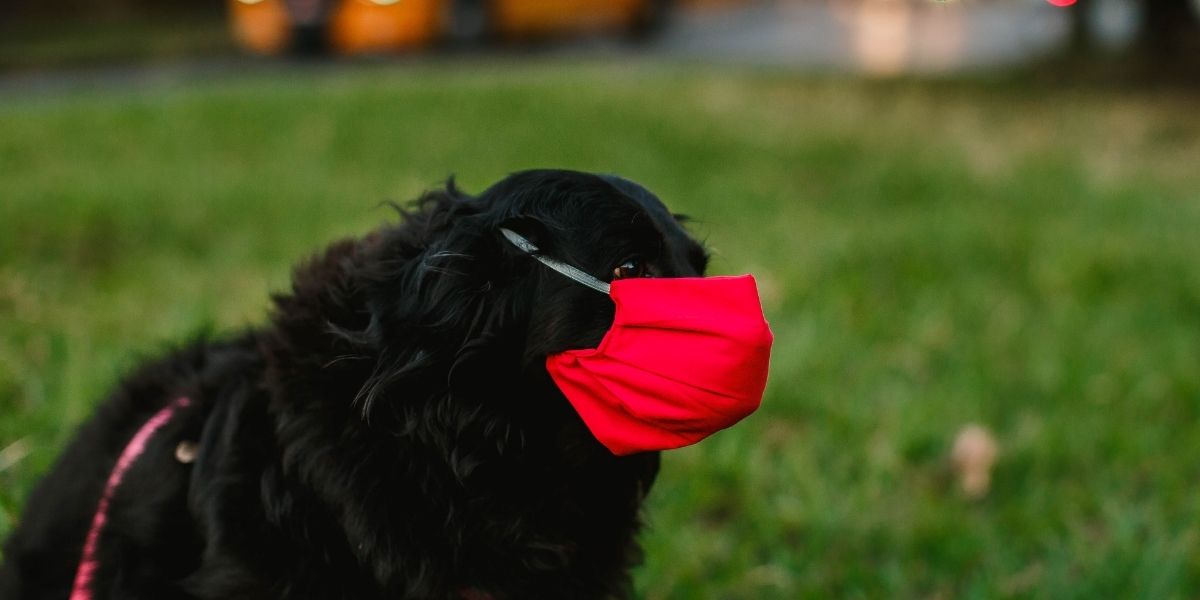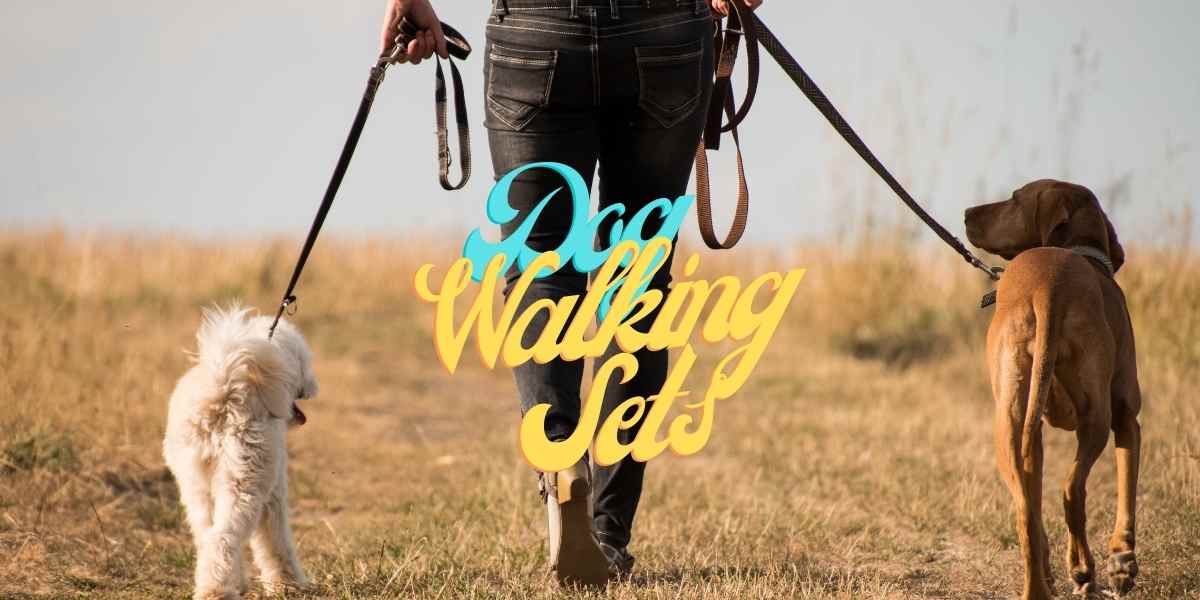Now Reading: Indoor Dog Training: Simple Steps for a Happy, Well-Behaved Pup
- 01
Indoor Dog Training: Simple Steps for a Happy, Well-Behaved Pup
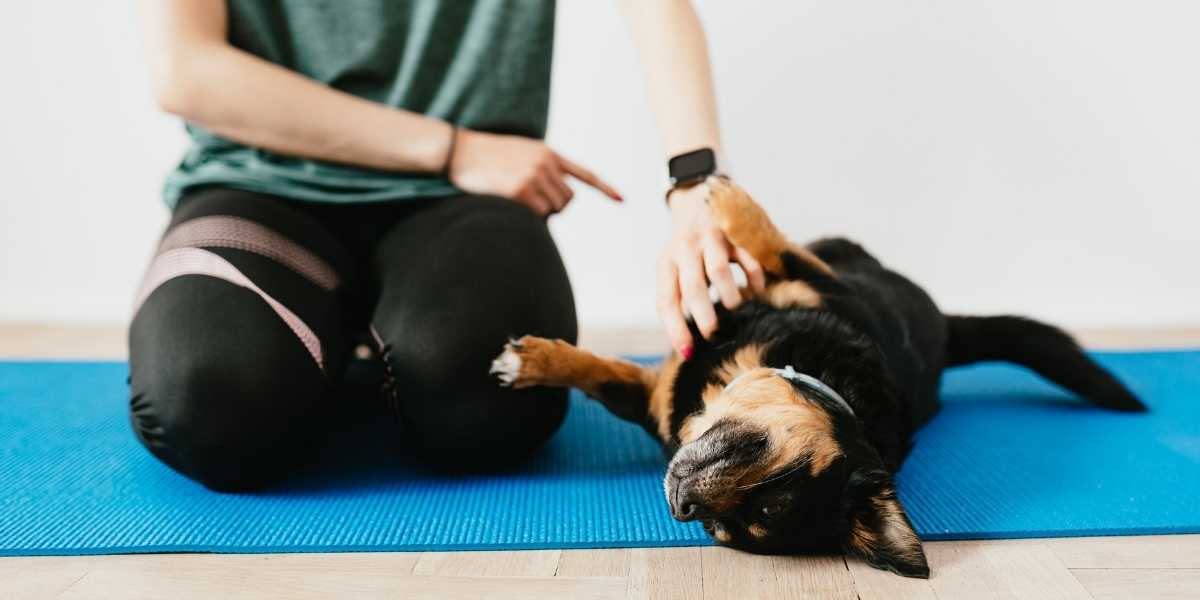
Indoor Dog Training: Simple Steps for a Happy, Well-Behaved Pup
Picture this: it’s raining outside, or maybe it’s freezing cold, but your dog still needs exercise, structure, and training. What do you do? This is where indoor dog training comes in handy.
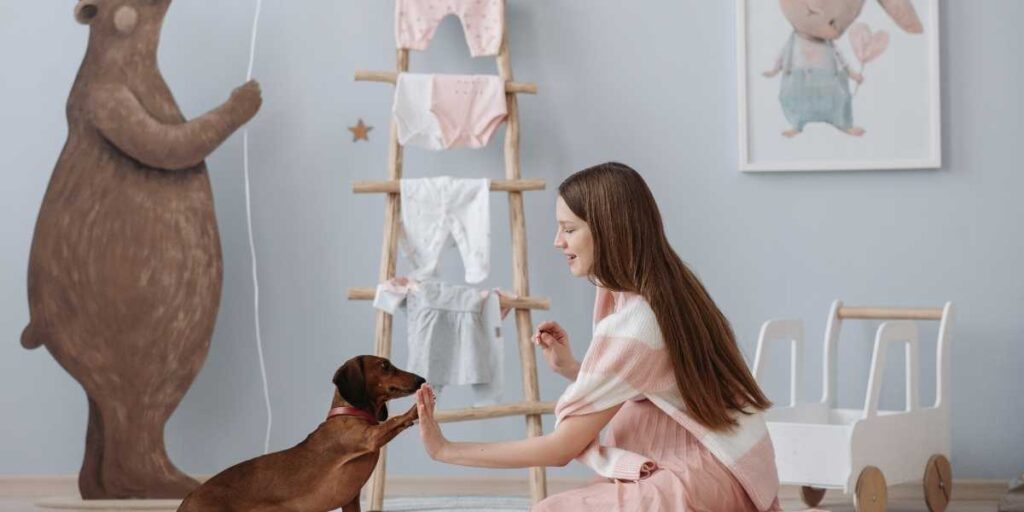
Training your dog inside isn’t just about saving time or avoiding bad weather. It’s about teaching them good manners, building trust, and creating a bond right at home. Whether you’re looking into puppy training classes near me or searching for DIY solutions, let’s break down everything you need to know.
Why Indoor Dog Training Works
Dogs thrive on structure. Without it, they get bored, anxious, or even destructive. Indoor dog training keeps their brain active and their body moving, even if you can’t head outdoors.
Also Read: Dog Nail Trim Near Me: How to Find the Right Groomer
Think of it like this: a trained dog is a confident dog. By practicing commands and routines indoors, you’re preparing them for the outside world too.
Indoor Training Basics Every Owner Should Know
Before you dive into commands and tricks, set the scene.
- Pick a safe spot – A clutter-free room where your pup can focus.
- Keep sessions short – 10–15 minutes is plenty for most dogs.
- Have rewards ready – Treats, praise, or even a favorite toy.
- Be patient – Training is a marathon, not a sprint.
If you’re wondering about dog training courses near me, remember: the same basics apply whether you hire a trainer or work at home.
Toilet Training Dogs Indoors
One of the biggest questions owners ask is: How to toilet train a dog indoors?
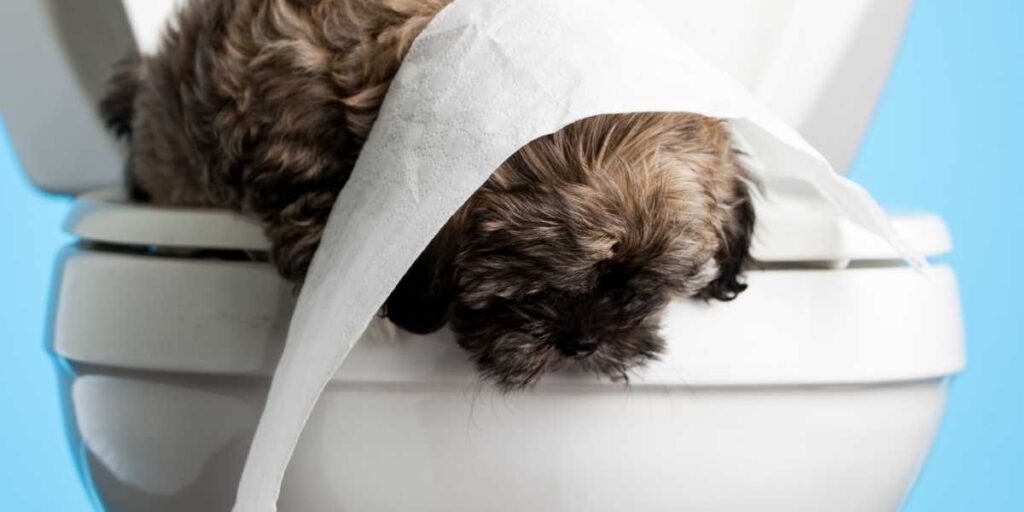
Here’s the truth: consistency matters more than anything.
- Set a routine – Feed at the same time daily.
- Designate a potty spot – Use pads, grass patches, or litter boxes designed for dogs.
- Reward success immediately – Every time they go in the right place, praise them.
- Stay calm with accidents – Clean up thoroughly, but don’t punish.
If you’re struggling, look into indoor potty training for dogs tools. They make the process less stressful and speed up results.
Indoor Dog House Training
House training isn’t only about potty breaks. It’s teaching your dog to feel at home without tearing it apart.
- Block off areas you don’t want them in.
- Provide a cozy crate or bed as their safe space.
- Redirect chewing behavior with toys.
- Practice “quiet time” so they learn to settle down indoors.
Searches like dog classes near me often highlight crate training, because it’s one of the most effective indoor methods.
Exercise Matters: Keeping Your Dog Active Indoors
Here’s a mistake many owners make: thinking indoor training means only commands. Dogs need movement too!
Try these dog exercise ideas for inside the house:
- Tug-of-war with a rope toy.
- Hide-and-seek with treats.
- Short fetch sessions in the hallway.
- Obedience combined with exercise (sit → stay → fetch).
When people ask how many times should I walk my dog?, I remind them: if outdoor walks aren’t possible, indoor activities can help fill the gap.

DIY vs. Professional Help
Yes, you can train at home. But sometimes, joining puppy training near me or local classes makes sense. Trainers bring structure, accountability, and tailored advice.
If you’re unsure where to start, blend both: practice at home daily while attending occasional dog training courses near me for guidance.
The Benefits You’ll Notice
Stick with indoor dog training and here’s what you’ll see:
- A calmer, more obedient dog.
- Fewer accidents inside.
- Stronger bond between you and your pup.
- Better social behavior when they’re around guests.

The secret? Training isn’t just about control. It’s about communication and trust.
Must Read: My Dog Ate Chocolate But Is Acting Fine: What’s Next?
Final Thoughts
If you’ve been wondering how to potty train a dog indoors or struggling with obedience, don’t stress. Every dog learns at their own pace. The key is staying consistent, patient, and positive.
Indoor dog training isn’t a shortcut—it’s a lifestyle. And when you commit, the payoff is huge: a well-behaved pup who feels safe, loved, and confident.
So, whether you explore indoor dog house training tools, sign up for dog classes near me, or stick with daily home practice, just remember—you’re building a lifelong bond with your furry best friend.
FAQs
It depends on age and consistency. Puppies may take weeks, while adult dogs can learn faster.
Yes. Crates provide structure and a safe space, making house training easier.
Absolutely. Indoor training helps, but outdoor walks provide fresh air, stimulation, and socialization.
Yes, if you want expert guidance or have a stubborn dog. They speed up learning.
Yes, especially with pads or dog litter boxes. Many city pet parents rely on it successfully.

